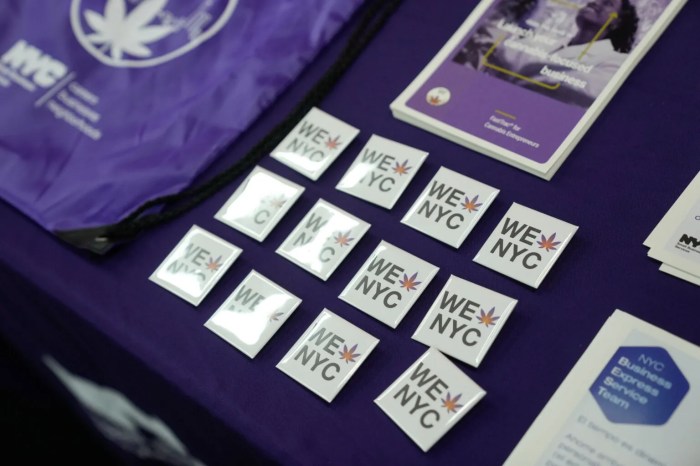This year’s graduation at Columbia University turned into a dramatic event reported in the media around America and even around the world: the culmination of Emma Sulkowicz’s now-famous protest against what she said was her rape on campus and the school’s response. But, instead of a stirring symbol of the fight against campus sexual violence, the week’s events became a reminder of the messy complexities of this issue — and of how hard it can be to determine who the real victim is.
After the student Sulkowicz accused of raping her, Paul Nungesser, was cleared by a university panel, she took her case to the media, claiming that the case was handled incompetently and insensitively. She went to police, but told the medias it would be “too draining” to pursue a criminal case. (Prosecutors declined to press charges.)
Last fall, Sulkowicz began to carry a mattress around campus as a symbol of her “burden”; it was both a protest and a “performance” for a senior thesis in visual arts. She appeared on the cover of New York magazine and was lauded in The New York Times.
There was much speculation as to whether Sulkowicz would bring the mattress to graduation. She did, disregarding a university email asking not to bring large objects into the ceremonial area and a school official’s request to leave the mattress behind.
Sulkowicz was cheered by many fellow graduates. Hours later, posters went up near the campus branding her a “pretty little liar.”
While the full facts will never be known, there are reasons to question Sulkowicz’s account. As I reported a few months ago in the online publication, The Daily Beast, in the days and weeks after the alleged rape Sulkowicz engaged in playful chitchat with Nungesser on Facebook, came to a party in his room, and wrote, “I love you Paul!” after he sent her a birthday greeting.
Her supporters say that in acquaintance rape, victims may remain friendly with assailants due to trauma and denial. Perhaps, in “gray area” cases involving confusion over consent. Yet Sulkowicz alleges that Nungesser hit her in the face, choked her and violently raped her while she struggled and screamed. That both people would carry on casual conversations after that, with no sign of tension, is not impossible-but it does stretch credibility.
For many, Sulkowicz’s claims were boosted by the fact that Nungesser was accused by two other women-and later by a male student. (He was ultimately cleared of all charges.) But the other cases raise more doubts. One charge, by Nungesser’s ex-girlfriend who claimed that he abused her, was brought after she and Sulkowicz met and discussed their “shared trauma” (as Sulkowicz told the feminist blog Jezebel). The other two, involving claims of unwelcome touching, seem to have been related to an effort to eject Nungesser from his campus residence after Sulkowicz’s rape charge.
Meanwhile, Nungesser is suing Columbia for abetting his “gender-based harassment” by Sulkowicz. His parents have released a statement blasting the university for letting Sulkowicz dodge the rules by bringing the mattress to graduation and for “bow[ing] to a public witch-hunt” that, they say, turned their son’s life into a nightmare.
Can we draw lessons from this sordid saga?
One: sexual assault cases should not be handled by university star chambers but by police and the courts, where the evidence is publicly accessible; it is a travesty that, in a nationally known case, our only information comes from the interested parties.
Two: media coverage of such cases needs more objective reporting, less rush to judgment.

















